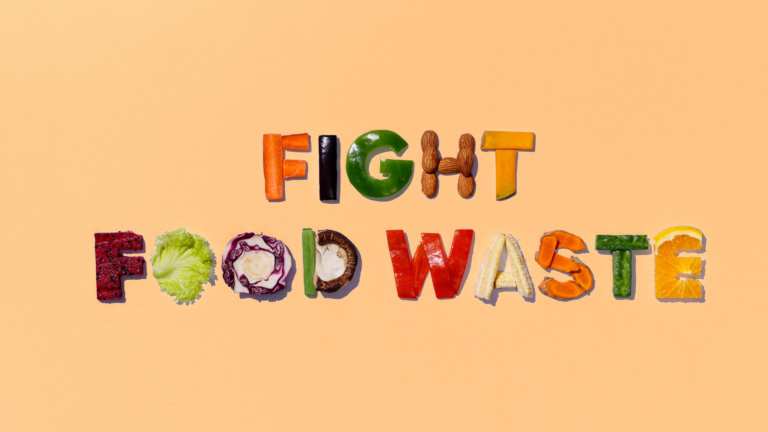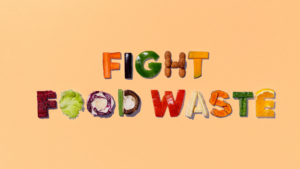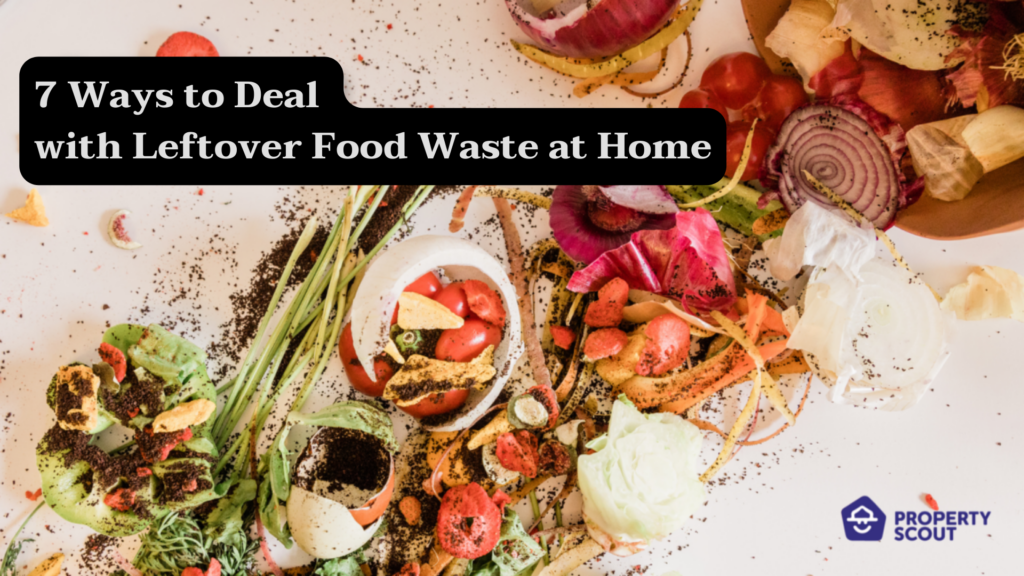No More Scraps: 7 Creative Ways to Use Leftover Food Waste


Are you aware that each year, an astonishing 1.3 billion tons of food goes to waste? This alarming amount of leftover food often ends up in landfills and contributes to the devastating effects of climate change. But what causes this issue, you may ask? Uneaten food, expired items before consumption, and discarded food during production are some of the culprits. As responsible consumers, we have the power to make a difference and combat this problem. Keep reading to discover how you can help eliminate food waste and create a better world for all of us to live in.

1. Waste Separation

Don't underestimate the impact of separating waste. Not only does it cut down on trash, but it also conserves energy, decreases pollution, and improves waste management safety. To do it right, divide your waste into the following four categories:
- General Waste: Commonly, general waste is difficult to decompose, and it is not cost-effective to recycle or reuse. Nonetheless, it poses no toxic or dangerous threat, like cake packaging, plastic bags, detergent sachets, greasy food scraps, food-stained foam, instant noodle packaging, and other similar items.
- Recyclable Waste: Waste that can be repurposed is known as recyclable waste, including plastic and glass bottles, beverage cans, metal scraps, aluminum, car tires, UHT milk cartons, paper, and cardboard boxes.
- Hazardous Waste: It is crucial to segregate hazardous waste from other waste as it contains hazardous components or pollutants, including toxic substances, explosives, infectious agents, radioactive materials, flammable materials, aerosol cans, flashlight batteries, mobile phone batteries, electronic equipment, and expired medications.
- Organic Waste: Organic waste is a type of waste that undergoes rapid decomposition and can be effortlessly broken down, making it an ideal material for composting. It makes up to 64% of the total waste generated. Examples of organic waste include food waste, vegetable peels, meat scraps, leaves, and fruit peels. It is important to note that laboratory-generated waste such as vegetable and meat scraps are not considered as organic waste.
This method of waste separation is not exclusive to restaurants, shops, or factories, but can also be easily applied in households.
2. Food Waste to Food Once More

Re-Planting
Don't discard all those vegetable scraps just yet! Some of them can be regrown for future consumption. By using leftover parts like roots, leaves, or branches, depending on the type of plant, you can easily replant vegetables like coriander, basil, lemongrass, mint, garlic, ginger, beetroot, and more. Not only is this a cost-effective method, but it also ensures you have access to fresh, toxin-free veggies.
Pets
Disposing of food scraps and separating waste is essential. Proper waste separation allows for reuse in various ways. For instance, food scraps can be repurposed to feed animals, depending on the type of animal. Vegetable and fruit scraps are suitable for ducks and chickens, boneless meat scraps for dogs, and small food scraps for fish.
Repurpose
There are various ways to turn some types of food waste from being worthless garbage to useful items. For instance, instead of being thrown away, coffee grounds can be utilized to clean greasy pans and containers, and used cooking oil can be separated from other waste and sent for biodiesel production. Furthermore, clean eggshells can be crushed and mixed with soil for planting trees.
3. Food Waste to Fertilizer

If you want to reduce your organic waste and turn it into something useful, it's important to separate food scraps that have high moisture content, such as soups and juices. To speed up the decomposition process, chop up your scraps and mix them with soil, manure, coffee grounds, leaves, or branches. These ingredients help absorb moisture and provide food for microorganisms that break down the scraps. Add sugar or molasses as accelerators, mix everything together, and let it sit in a container for about two weeks. You'll end up with dry compost that can be used for planting trees or making a bio-liquid fertilizer. To create the fertilizer, mix vegetable scraps or fruit peels with sugar cane or molasses and water, and then water your plants with the resulting solution.
4. Food Waste Reduction
- Plan your grocery shopping: It is recommended to check the amount of existing food ingredients and plan a weekly menu to prevent unnecessary purchases.
- Check for Expiry date: It is recommended to always check the expiration date on the label to consume food before it goes bad and needs to be thrown away.
- Extending the shelf life of food and ingredients: Depends on proper storage methods for each type. If stored correctly, food can be kept for longer periods of time without spoiling.
- Prepare food in the right amount: Controlling the amount of ingredients for cooking to match the number of family members.
- Get sufficient food and not more than you can eat: Getting too much food or ordering more food than one can eat will result in a considerable amount of food waste.
Food waste is a major problem that stems from leftover food and food that expires before consumption, as well as from discarded food during production. However, this issue has far-reaching impacts on our planet, such as greenhouse gases, global warming, environmental pollution, excessive energy consumption, and waste disposal costs. To tackle this issue, individuals can separate food waste from other types of waste and utilize it according to their needs or hand it over to local authorities for proper disposal. However, the most effective way to reduce food waste is to become more mindful of our eating habits, preparing or ordering food in appropriate quantities. Together, we can work towards a better world by reducing food waste.
Find your ideal property, available for sale or rent in the best prices possible, or list your property for sale or rent here. Alternatively, if you have any further questions, please get in touch with us:



